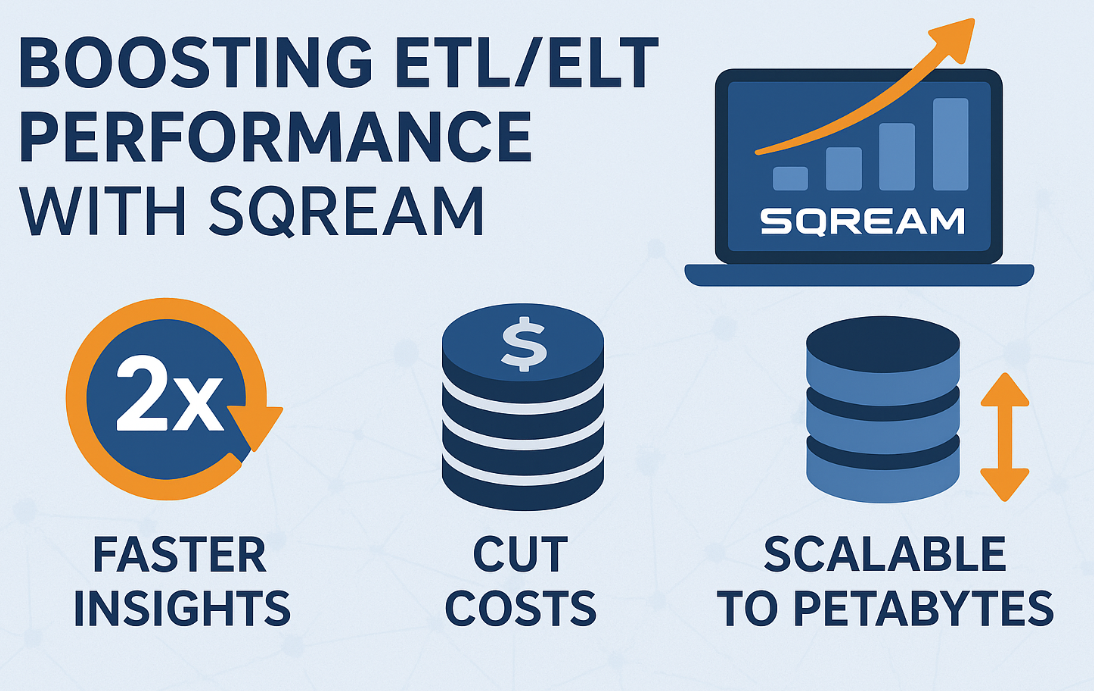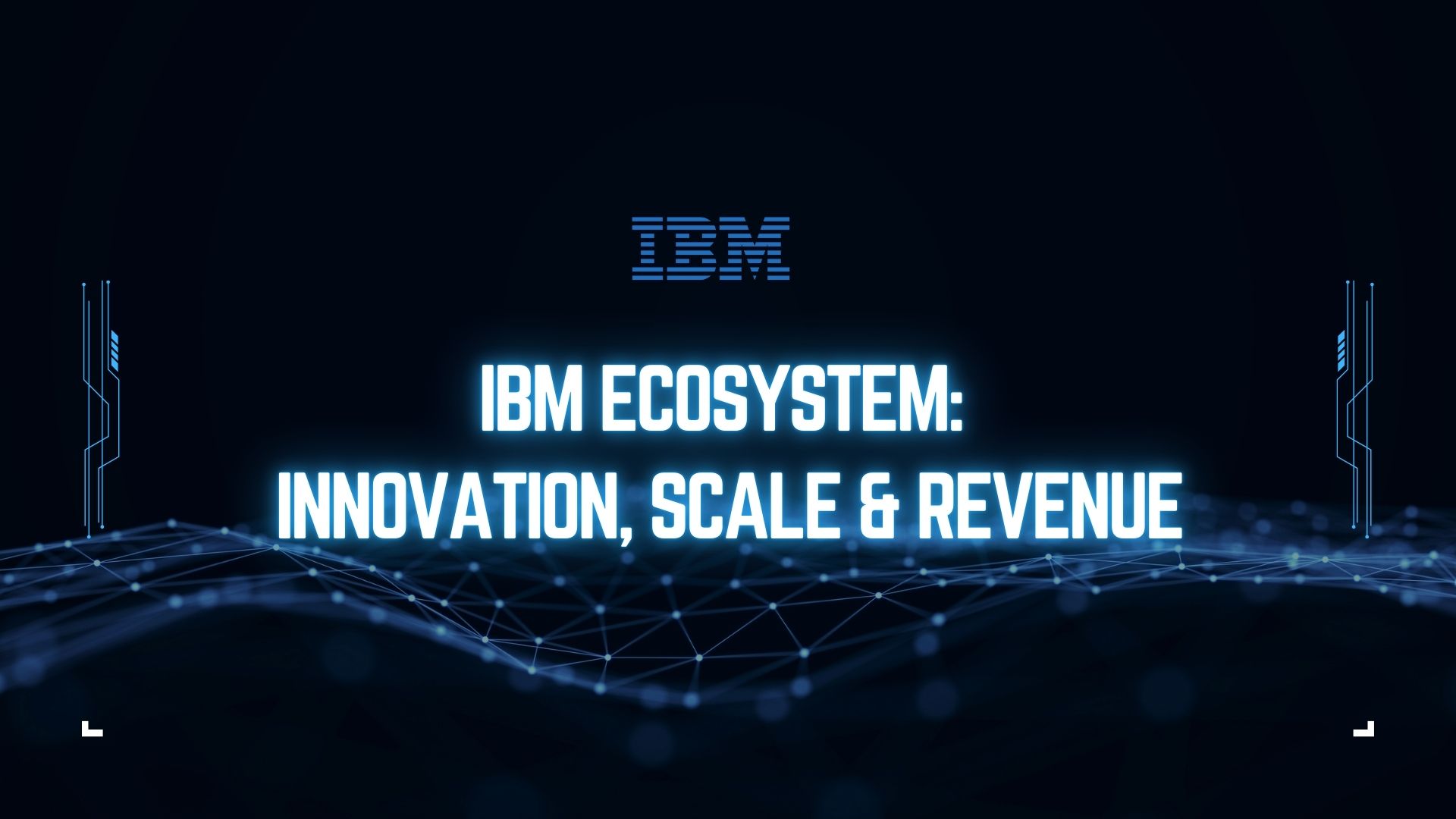In today’s competitive finance industry, yield management has become a critical factor in determining the success of financial institutions. As the industry grapples with complex challenges, innovative solutions are needed to optimize decision-making processes and maximize returns. In this blog, we’ll explore how CPLEX and mathematical optimization are addressing key challenges in the finance industry and delivering substantial benefits to businesses.
The Challenges of Yield Management in Finance
The finance industry faces numerous challenges when it comes to yield management. One of the primary obstacles is the sheer complexity of financial markets, with their myriad of variables and interconnected factors. Financial institutions must consider interest rates, market volatility, regulatory constraints, and customer behavior, among other factors, when making decisions about pricing, resource allocation, and risk management.
Another significant challenge is the need for real-time decision-making in a rapidly changing environment. Financial markets can shift in the blink of an eye, and institutions need to be able to respond quickly and accurately to these changes to maximize their yields and minimize risks.
Data overload is yet another hurdle that financial institutions face. With the exponential growth of data in recent years, organizations are often overwhelmed by the sheer volume of information available. Extracting meaningful insights from this data and using it to inform decision-making processes can be a daunting task.
Furthermore, the finance industry must contend with stringent regulatory requirements and risk management considerations. Balancing the need for profitability with compliance and risk mitigation adds another layer of complexity to yield management strategies.
CPLEX and Mathematical Optimization: A Game-Changing Solution
CPLEX and mathematical optimization offer a powerful solution to these challenges, providing financial institutions with the tools they need to make optimal decisions in complex environments. By leveraging advanced algorithms and mathematical models, these techniques can process vast amounts of data, consider multiple variables simultaneously, and generate optimal solutions in real-time.
At its core, mathematical optimization involves formulating real-world problems as mathematical models and then using sophisticated algorithms to find the best possible solutions. CPLEX, developed by IBM, is a high-performance mathematical programming solver that can tackle large-scale optimization problems with remarkable efficiency.
Technical Aspects of CPLEX and Mathematical Optimization
From a technical standpoint, CPLEX and mathematical optimization offer a range of powerful capabilities that are particularly well-suited to the challenges of yield management in finance. One of the key strengths of these tools is their ability to handle large-scale, complex problems with multiple objectives and constraints.
CPLEX utilizes advanced algorithms, including simplex methods, interior point methods, and branch-and-cut techniques, to solve linear programming (LP), mixed-integer programming (MIP), and quadratic programming (QP) problems. These algorithms allow financial institutions to model complex scenarios and find optimal solutions quickly and efficiently.
Moreover, CPLEX offers robust support for parallel computing, enabling organizations to harness the power of multi-core processors and distributed computing environments. This capability is particularly valuable in the finance industry, where real-time decision-making is often critical.
Another important technical aspect is the flexibility of mathematical optimization models. These models can be easily adapted and refined as new data becomes available or as market conditions change. This adaptability allows financial institutions to maintain up-to-date and accurate yield management strategies in a dynamic environment.
Need CPLEX Training? Enroll for
Business Applications in Finance
The applications of CPLEX and mathematical optimization in finance are wide-ranging and can significantly impact various aspects of yield management. In portfolio optimization, these tools can help financial institutions determine the optimal allocation of assets to maximize returns while minimizing risk. By considering factors such as expected returns, volatility, correlations between assets, and investor preferences, mathematical optimization can generate portfolio strategies that are tailored to specific risk-return profiles.
In the realm of pricing and revenue management, CPLEX and mathematical optimization can help banks and other financial institutions determine optimal pricing strategies for their products and services. By analyzing historical data, market conditions, and customer behavior, these tools can generate pricing models that maximize revenue while maintaining competitiveness and customer satisfaction.
Risk management is another area where mathematical optimization shines. Financial institutions can use these techniques to model and analyze various risk scenarios, helping them to make informed decisions about risk exposure and mitigation strategies. This is particularly valuable in areas such as credit risk assessment, market risk management, and operational risk analysis.
Additionally, CPLEX and mathematical optimization can be applied to resource allocation problems, helping financial institutions optimize the deployment of their human and capital resources. This can lead to improved operational efficiency and better utilization of assets.
Potential ROI and Benefits
The adoption of CPLEX and mathematical optimization for yield management can deliver substantial returns on investment (ROI) for financial institutions. By enabling more accurate and efficient decision-making, these tools can lead to significant improvements in profitability and performance.
One of the primary benefits is increased revenue. By optimizing pricing strategies and portfolio allocations, financial institutions can maximize their returns and capture more value from their assets and products. In some cases, organizations could experience revenue increases of 5-10% or more after implementing mathematical optimization solutions.
Cost reduction is another key benefit. By optimizing resource allocation and operational processes, financial institutions can identify and eliminate inefficiencies, leading to substantial cost savings. These savings can be particularly significant in areas such as cash management and workforce scheduling.
Risk mitigation is yet another area where CPLEX and mathematical optimization can deliver tangible benefits. By enabling more sophisticated risk analysis and management, these tools can help financial institutions reduce their exposure to potential losses and comply with regulatory requirements more effectively.
Furthermore, the use of advanced optimization techniques can lead to improved customer satisfaction. By enabling more personalized and competitive pricing, as well as better product offerings, financial institutions can enhance their customer relationships and increase customer loyalty.
The speed and agility afforded by these tools also provide a competitive advantage. In fast-moving financial markets, the ability to make optimal decisions quickly can be the difference between success and failure. CPLEX and mathematical optimization enable financial institutions to respond rapidly to changing market conditions and seize opportunities as they arise.
Want to Buy CPLEX? Visit
Cresco International: Your Partner in Decision Optimization
As businesses in the finance industry look to harness the power of CPLEX and mathematical optimization for yield management, partnering with a trusted expert can make all the difference. This is where Cresco International comes in. As an IBM trusted partner and a consulting firm with deep expertise in decision optimization and CPLEX, Cresco International is uniquely positioned to help financial institutions overcome their yield management challenges and unlock the full potential of these advanced techniques.
Cresco International brings a wealth of experience and knowledge to the table, having worked with numerous clients across various industries to develop and implement customized decision optimization solutions. Their team of expert consultants understands both the technical intricacies of CPLEX and mathematical optimization and the specific business challenges faced by the finance industry.
One of the key strengths of Cresco International is their ability to translate complex business problems into effective mathematical models. They work closely with clients to understand their unique challenges, objectives, and constraints, ensuring that the resulting optimization models accurately reflect the realities of their business environment. This careful attention to detail and deep understanding of the client’s needs is crucial for developing solutions that deliver real, measurable value.
Cresco International’s approach goes beyond simply implementing off-the-shelf solutions. They recognize that each financial institution has its own unique set of challenges and opportunities. As such, they specialize in developing tailored decision optimization solutions that are specifically designed to address the client’s particular yield management issues. This customized approach ensures that the resulting solutions are not only technically sound but also align perfectly with the client’s business goals and operational realities.
Moreover, Cresco International’s expertise extends to the integration of optimization solutions with existing IT systems and workflows. They understand that for a solution to be truly effective, it must seamlessly fit into the client’s existing technological ecosystem. Their team works diligently to ensure smooth integration, minimizing disruption and maximizing the value derived from the new optimization capabilities.
Another area where Cresco International excels is in providing ongoing support and guidance. They recognize that implementing a decision optimization solution is not a one-time event, but rather an ongoing process of refinement and improvement. Their team provides continuous support, helping clients to fine-tune their models, adapt to changing market conditions, and identify new opportunities for optimization.
Cresco International also places a strong emphasis on knowledge transfer and capacity building. They work closely with their clients’ teams, providing training and mentorship to ensure that the client’s staff can effectively utilize and maintain the optimization solutions over the long term. This approach not only ensures the sustainability of the solution but also helps to build a culture of data-driven decision-making within the organization.
Furthermore, Cresco International’s partnership with IBM gives them access to the latest developments in CPLEX and related technologies. This means that their clients benefit from cutting-edge optimization capabilities, staying ahead of the curve in an increasingly competitive financial landscape.
By partnering with Cresco International, financial institutions can leverage world-class expertise in decision optimization to transform their yield management practices. Whether it’s optimizing portfolio allocations, refining pricing strategies, or enhancing risk management processes, Cresco International has the knowledge, experience, and tools to help businesses achieve their goals and drive sustainable growth.
Conclusion
In conclusion, CPLEX and mathematical optimization represent a powerful toolkit for addressing the complex challenges of yield management in the finance industry. By enabling more sophisticated analysis, real-time decision-making, and optimal resource allocation, these techniques can deliver substantial benefits in terms of increased revenue, reduced costs, and improved risk management.











